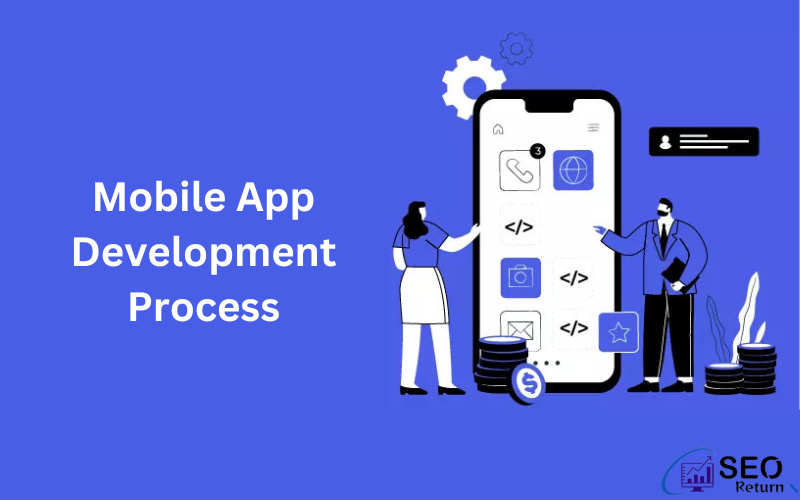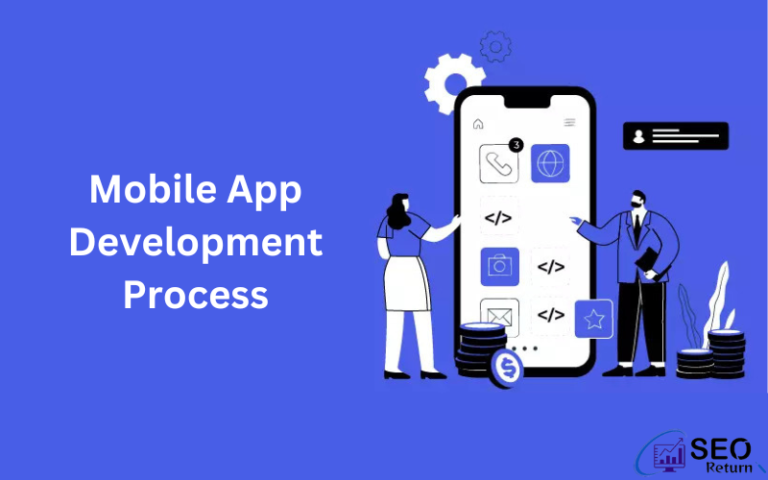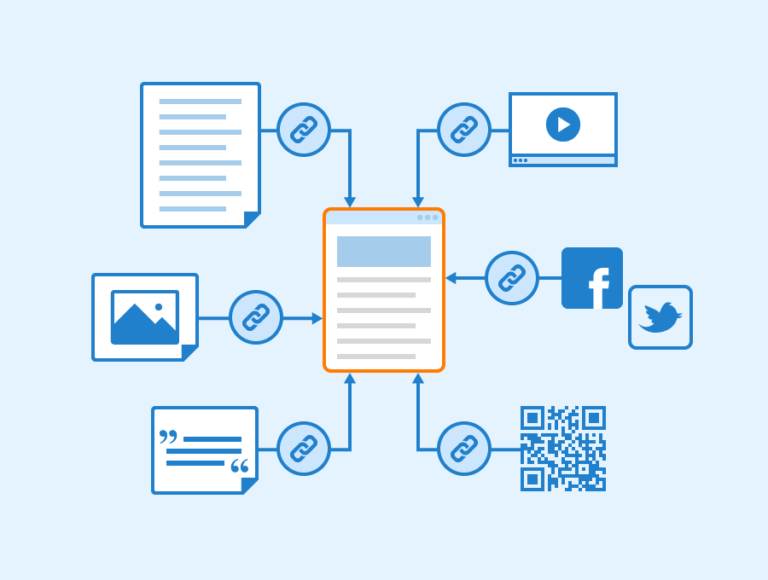In the field of mobile app development, the choice of the programming language and technology stacks is an important factor in building successful apps. Due to the booming of smartphones and tablets, mobile app development gigs have expanded immeasurably; hence, a broad selection of languages and technologies is required.
Mobile App Development Process
Mostly a question arises about how to develop a mobile app. The mobile app development process includes several stages, each of them designated with in-depth planning and adjustments. undefined
Ideation and Planning: Initially, the stage is all about what the application does, its purpose, whom it serves, and whether the concept has been researched and validated.
Design: Creating the user interface (UI) and user experience (UX) is a key point for developing an app that doesn’t just look beautiful but also is comprehensible. Designers involved in wireframes, mockups and prototypes for modelling how the app’s structure would look and its interaction.
Development: This stage of the development process is characterised by coding that makes the application functional. They employ the mentioned programming languages and frameworks to implement the features and functionalities devised previously in the design phase.
Testing: Quality assurance (QA) engineers do the most stringent testing to determine and fix any faults, bugs, or performance problems. This covers functional testing, usability testing, compatibility testing and performance testing among various devices and platforms.
Deployment: When the app is completely tested and shown to be ready for release, it is submitted to the different app stores (e.g., Google Play Store, Apple App Store). Developers must follow the set of rules and requirements of the app stores to guarantee that the app is properly deployed.
Maintenance and Updates: The launch of the app is not the end of the development round. Developers need to be alert to any issue and receive user feedback to release updates that fix bugs and introduce new features or performance improvements.

Types of Mobile App Development Language
Languages used for mobile app development are the pillars upon which applications emerge. They are the backbone of the application that makes it behave the way it is meant to behave and function. undefined
Java: Java is one of the oldest and most commonly used programming languages among Android app developers. It empowers developers with a robust and scalable platform, the perfect type for the development of intricate applications.
Kotlin: Kotlin, a modern programming language, has recently attracted the attention of Android developers for use in their projects. JetBrains’ project which is named Kotlin has concise syntax, built-in enhanced safety features and Java compatibility, so it is used by many developers as their preferred option.
Swift: Swift is the main iOS programming language for front-end programming. Swift, a language that was developed by Apple, is fast, safe, and expressive by nature. It provides the latest features including optional, generic, and closures that improve the mobile development process and code clarity.
Objective-C: Over the past years, Swift has been replacing Objective-C as a language for iOS Development. Despite that fact, some applications and old developers still use Objective-C. It is the successor of C with class-oriented capabilities and can run on Apple’s frameworks.
JavaScri: JavaScript is a multipurpose language which can be used to write both front and back-end code. For mobile application development, frameworks like React Native and Ionic offer developers the opportunity to build cross-platform apps with Javascript. This allows developers to save time and money.
Mobile App Development Technologies:
Moreover, programming languages as well as various technologies and frameworks are widely used in mobile application development. undefined
Mobile Development Frameworks: Frameworks such as Flutter, React Native, and Xamarin are utilised for designing apps that can run on different operating systems (iOS, Android) with a single codebase.
Backend Services: Cloud backend services like Firebase, AWS (Amazon Web Services) and Azure provide scalable infrastructure and core features like authentication, data storage and push notifications, making backend development less intricate.
APIs and SDKs: APIs and SDKs have enabled developers to select services and functionalities built earlier, such as Google Maps API for mapping and geolocation services, Facebook SDK for social media integration, and Stripe SDK for payment gateways.
Augmented Reality (AR) and Virtual Reality (VR): The utilisation of AR and VR technologies supported by platforms such as ARKit (iOS) and ARCore (Android), which allow developers to create interactive and immersive experiences within the mobile apps generate possibilities in gaming, education and retail.
Blockchain: Blockchain, given its security and transparency, is being increasingly used in mobile applications for different applications such as cryptocurrency wallets, secure transactions, and DApps.
Conclusion
The mobile app development process is a multifaceted approach which includes language evaluation, fixation on proper technologies, and framework selection. Understanding these factors answers the purpose of selecting the proper tools, reduces the time of the process and as a result, results in the production of high-quality apps.
Keeping up to date with trending topics, technology evolution, and top-notch practices is important to tuck success in this rapidly growing industry. Innovation is the best solution as it includes using new tools, periodical tuning of the skills, and the creation of a responsive mobile experience.
FAQs:
New technologies such as AR, VR, blockchain, and AI are revolutionising the mobile application ecosystem.
The primary sources of revenue for mobile apps include in-app purchases, subscriptions, advertising, sponsored content and selling merchandise or digital goods.
Answer: Emerging trends in app growth include the growth of 5G technology, an increase in the number of IoT devices, the integration of machine learning and AI, privacy and data security, and the development of e-commerce and on-demand services.
The user experience (UX) is a key factor in a mobile app’s success. A user-friendly and intuitive UX improves user experience, attracts users` attention, and boosts retention rates. The developers have to consider usability, accessibility and responsiveness if they want to create a good user experience.




